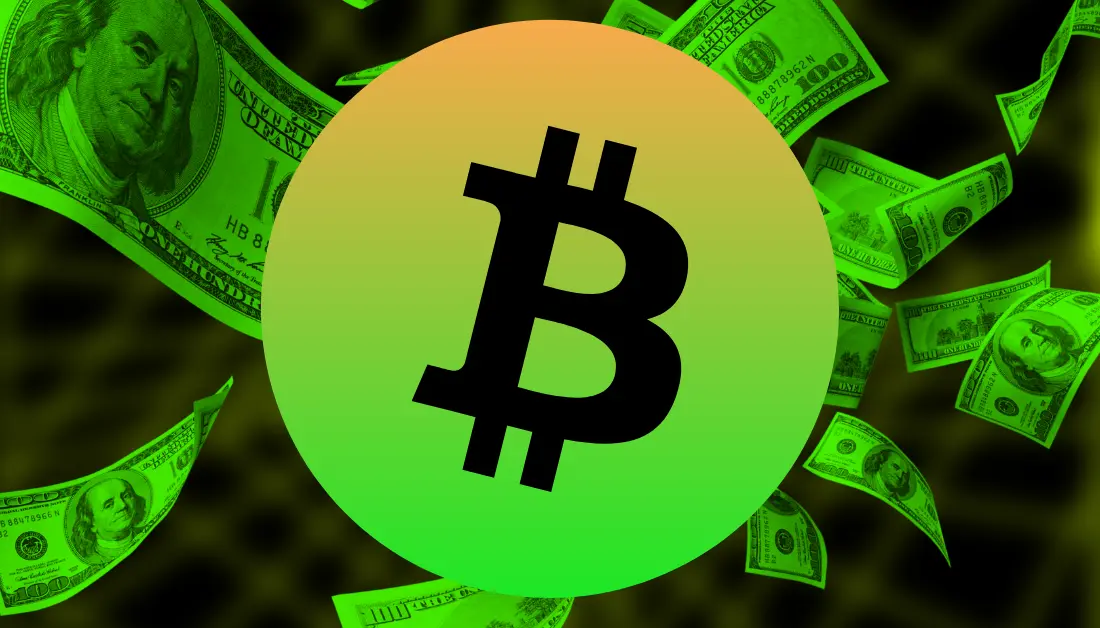The Trump Effect: Will the “Big Beautiful Bill” Trigger a Bitcoin Boom or Bust?
The cryptocurrency market has been abuzz with speculation surrounding Donald Trump’s “Big Beautiful Bill,” a legislative proposal that could significantly impact Bitcoin’s trajectory. While the bill’s specifics remain shrouded in ambiguity, its potential implications for Bitcoin have sparked intense debate among analysts, with predictions ranging from a dramatic surge to a substantial correction. This analysis explores the multifaceted impact of the bill, examining both bullish and bearish scenarios, and considering the broader economic and regulatory landscape that could shape Bitcoin’s future.
The Bullish Case: Inflation Hedge and Safe Haven Appeal
One of the most compelling arguments for a Bitcoin rally in response to the “Big Beautiful Bill” is its potential to exacerbate inflation and increase the national debt. Historical precedents, such as the 2020 stimulus package, suggest that substantial government spending without corresponding revenue increases can lead to a surge in Bitcoin prices. The logic is rooted in the fundamental economic principle that excessive money printing devalues fiat currencies, eroding purchasing power and driving investors toward assets with fixed supply, such as Bitcoin.
Bitcoin’s capped supply of 21 million coins positions it as a robust hedge against inflation. As the global M2 money supply continues to expand, the appeal of Bitcoin as a store of value intensifies. Analysts have suggested that if the bill follows a similar trajectory to past stimulus measures, Bitcoin could experience a nearly 40% surge, potentially reaching $150,000. This scenario is further bolstered by Bitcoin’s decentralized nature, which shields it from government manipulation and financial repression.
Additionally, the bill may include tax relief benefits for cryptocurrency investors, although details remain scarce. Any favorable tax treatment could incentivize adoption and investment, further propelling Bitcoin’s price. The combination of inflationary pressures, debt concerns, and potential regulatory tailwinds creates a compelling case for a Bitcoin boom.
The Bearish Case: Short-Term Volatility and Market Correction
Despite the optimistic outlook, there are valid concerns that the “Big Beautiful Bill” could trigger a short-term dip in Bitcoin’s price before any long-term gains materialize. Crypto entrepreneur Arthur Hayes has predicted a potential retracement to $90,000, citing the inherent volatility that accompanies significant fiscal policy changes. Hayes’ perspective underscores the reality that markets often react with caution to uncertainty, leading to profit-taking and temporary sell-offs.
The bill’s potential impact on traditional markets also warrants consideration. Uncertainty surrounding its provisions and broader economic implications could trigger a market correction, dragging Bitcoin down in the process. Furthermore, the absence of specific Bitcoin tax exemptions in the final bill could dampen investor enthusiasm, removing a potential catalyst for immediate price appreciation.
Another factor to consider is the psychological impact of the bill on market sentiment. While long-term inflationary effects may ultimately benefit Bitcoin, the immediate aftermath of the bill’s passage could see investors reassessing their positions. This reevaluation could lead to a temporary decline in Bitcoin’s price before a more sustained rally takes hold.
The Role of External Factors: Market Sentiment and Regulatory Landscape
Beyond the direct impact of the “Big Beautiful Bill,” several external factors could influence Bitcoin’s price trajectory. Market sentiment, for instance, plays a pivotal role in price movements. Positive news, such as growing adoption rates and technological advancements, tends to fuel bullish sentiment, while negative news and regulatory concerns can trigger sell-offs.
Macroeconomic conditions, including interest rate hikes, inflation figures, and geopolitical events, also significantly impact investor risk appetite and asset allocation decisions. For example, rising interest rates could make traditional assets more attractive, potentially diverting investment away from Bitcoin. Conversely, geopolitical instability could drive investors toward Bitcoin as a safe haven asset.
Technological developments, such as the implementation of layer-2 solutions and improvements in scalability, can enhance Bitcoin’s utility and attractiveness. These advancements could increase adoption and investment, further bolstering Bitcoin’s price.
The regulatory landscape surrounding cryptocurrencies is another critical factor. Clear and supportive regulations can foster innovation and investment, while restrictive regulations can stifle growth. The evolving regulatory environment will play a significant role in shaping Bitcoin’s future, and investors should closely monitor developments in this area.
Conclusion: Navigating Uncertainty
The future of Bitcoin in the wake of Trump’s “Big Beautiful Bill” remains uncertain. While the potential for inflation and debt to drive investors toward Bitcoin as a safe haven asset is compelling, the possibility of a short-term correction cannot be dismissed. The actual outcome will likely depend on a complex interplay of factors, including the specific provisions of the bill, market sentiment, macroeconomic conditions, and technological developments.
Investors should approach the situation with caution, conducting thorough research and making informed decisions based on their own risk tolerance and investment objectives. Rather than blindly following predictions, a prudent approach involves closely monitoring market developments, understanding the underlying drivers of price movements, and adapting investment strategies accordingly. Only time will tell whether the bill will trigger a Bitcoin boom or bust, but by staying informed and remaining adaptable, investors can navigate the uncertainty and potentially capitalize on the opportunities that arise.





